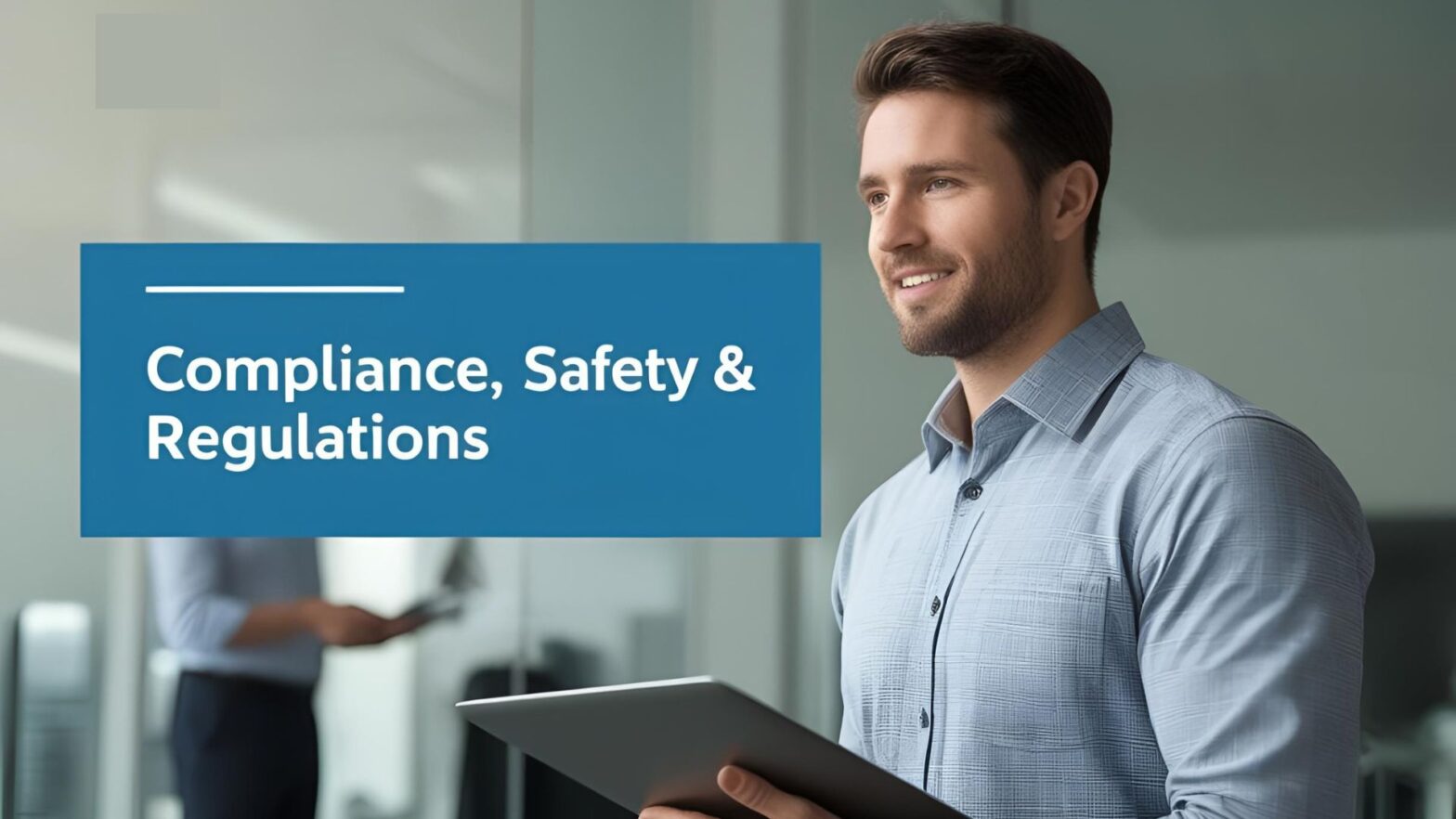DOT (Department of Transportation) inspections aren’t just paperwork—they’re high-stakes checkpoints that can impact your safety record, driver performance scores, insurance premiums, and customer reputation. While it’s easy to focus on checklists and compliance tools, real protection comes from building a company-wide culture where DOT readiness is part of how you operate daily, not just when an officer pulls you over.
Here’s how to create that culture—and keep your drivers, vehicles, and operations clean, compliant, and inspection-ready.
✅ 1. Start with Mindset: DOT Compliance Is Everyone’s Job
Avoiding DOT violations isn’t just on your drivers—it’s a team effort:
Dispatch needs to schedule realistic timelines and avoid overloading trucks
Warehouse staff must secure loads properly and ensure safe weight distribution
Maintenance teams are responsible for vehicle condition and inspections
Supervisors should reinforce pre-trip check importance and compliance priorities
Make DOT readiness part of how every department measures success.
✅ 2. Train Drivers Beyond the Basics
Drivers are on the front line during inspections, so give them more than just a handbook. Provide training that’s:
Hands-on (pre-trip inspections, walkarounds, load checks)
Scenario-based (what to do during a roadside inspection)
Practical (how to organize required documents in the cab)
Ongoing (refresher sessions every 6–12 months)
Include mock inspections, videos from real DOT stops, and common violation examples like:
Improperly secured loads
Expired medical certificates
Missing logs or inspection reports
Broken lights, tires, or brakes
Confidence comes from preparation—and that comes from training.
✅ 3. Standardize Pre-Trip Inspections as Non-Negotiable
A strong compliance culture starts with flawless pre-trips. These shouldn’t be optional or rushed.
Build habits by:
Requiring completed pre-trip checklists in your ERP or fleet system
Randomly auditing inspections to reinforce accountability
Recognizing drivers who consistently do it right
Making time for pre-trip walkarounds in the daily schedule—not as an afterthought
Drivers who skip pre-trips are the biggest DOT risk you can’t afford to ignore.
✅ 4. Make Load Securement Everyone’s Responsibility
For building materials distributors, load violations are common—especially with pallets, bundles, pipe, or long-length materials.
Reinforce proper securement culture by:
Training yard staff and drivers on tie-down techniques
Using standard load diagrams and securement checklists
Requiring a final inspection before dispatch
Encouraging team feedback if loads “don’t feel safe”
A culture of “good enough” won’t pass inspection. Build a culture of “do it right, every time.”
✅ 5. Use Technology for Documentation and Reminders
DOT violations often come down to missing or outdated documents. Your ERP or fleet management software can help prevent that by:
Tracking driver license and medical certificate expirations
Storing vehicle maintenance and inspection logs
Sending alerts for upcoming due dates
Providing digital copies of logs, load manifests, and vehicle records on mobile devices
Make documentation easy, accessible, and automatic—so it doesn’t fall through the cracks.
✅ 6. Reward Compliance, Don’t Just Punish Violations
People support what they help build. Instead of only reacting to violations, recognize and reward proactive safety behavior:
No violations over 90 days? Recognize that driver.
Spot-on load securement during audits? Highlight that team.
Drivers who complete every log and pre-trip? Reward them publicly.
Positive reinforcement turns compliance from a chore into a point of pride.
✅ 7. Review Every Violation and Share the Lesson
When violations do happen (because they will), don’t just fix the issue—learn from it. As a team:
Review what went wrong
Identify where the system or culture broke down
Update processes or training as needed
Share lessons company-wide in a no-blame, learning-focused way
This shows your team that safety and compliance are about growth—not just punishment.
Final Thought
DOT inspections aren’t just about passing or failing—they’re a reflection of how seriously you take safety, reliability, and professionalism. When you build a culture that values daily discipline, shared responsibility, and continuous learning, DOT compliance becomes second nature.
And when the inspector walks up to your truck, your team will be ready—not scrambling.


